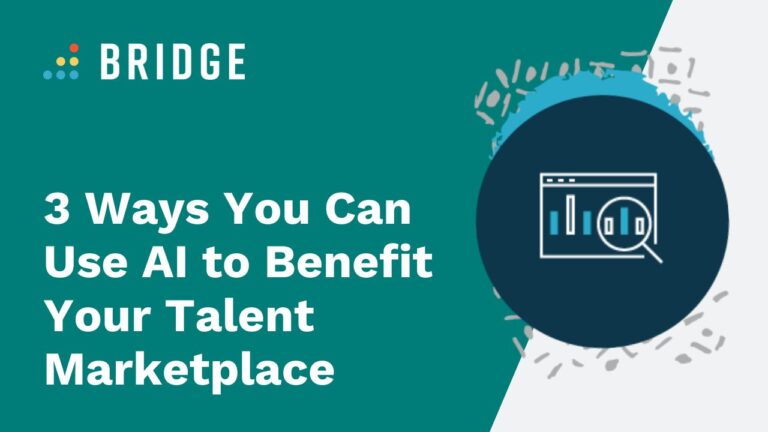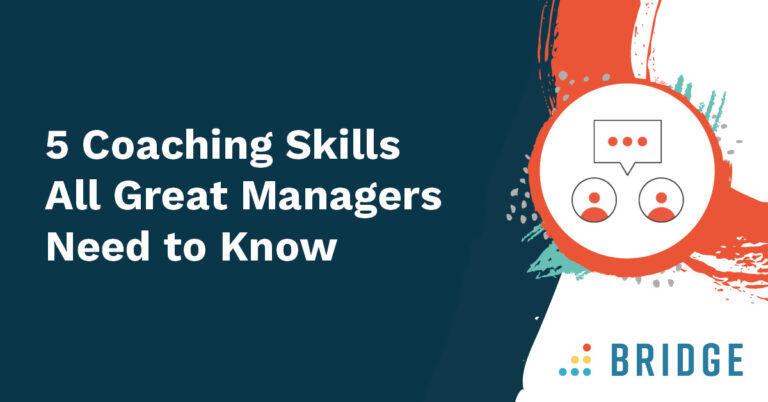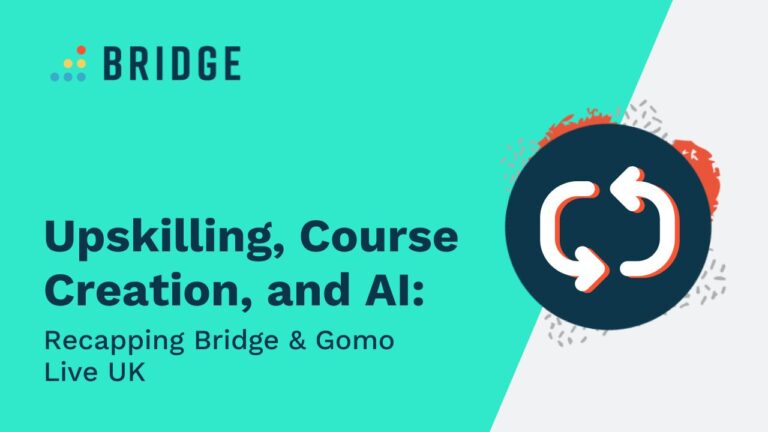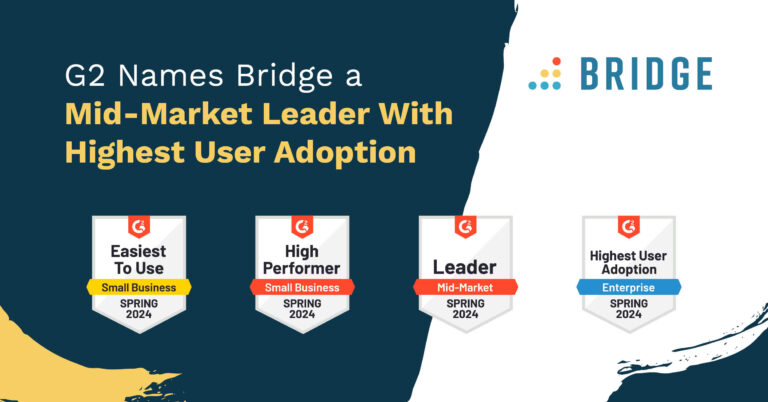A talent marketplace is only as effective as its ability to match people with the jobs, the mentors, and the learning and development opportunities they need. By enhancing those capabilities with the help of a little machine learning, your talent marketplace can become very effective indeed.
An AI-powered talent marketplace will place automation at the heart of its process, whether it’s auto-tagging learning resources with the skills they confer or automatically recommending those resources to employees based on their existing skills and job titles.
Infusing your talent marketplace with AI is a fantastic way to ensure that its benefits aren’t just theoretical. When used correctly, you can employ AI-enhanced features to:
- Offer highly relevant learning materials to the employees who need them
- Eliminate the time, expense, and errors associated with skills mapping
- Embolden uncertain or apathetic employees to embrace your talent marketplace—and all the benefits that come with it
Intrigued? Let’s examine each AI-assisted advantage point by point.
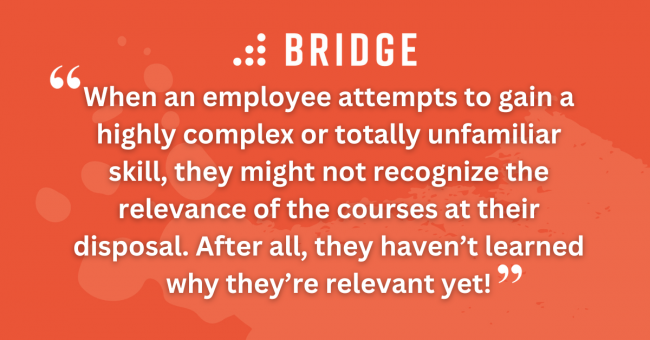
#1 - AI Can Introduce Employees to Relevant Resources
We all know that learning is the hallmark of a good progression plan. However, maximizing the benefits of learning requires resources that are relevant to a given employee’s ambitions.
It’s not always easy to determine the relevance of a given learning resource. When an employee attempts to gain a highly complex or totally unfamiliar skill, they might not recognize the relevance of the courses at their disposal. After all, they haven’t learned why they’re relevant yet!
That’s where tagging learning content with skills really shines. The process ensures employees are presented with resources that directly pertain to their career goals and ambitions, even if they’re not familiar with the specific content of a given resource.
So, where does AI come into this? Firstly, talent marketplaces that use AI are able to tag courses with skills automatically, with all the efficiency automation entails (more on that in a moment). Secondly, AI can identify skills that a human administrator might overlook. With the right training, AI is able to identify a huge range of factors such as:
- Course content
- The language used
- The frequency with which key terms and concepts are mentioned
- The level of technical expertise required to understand the content
- Job roles and industries for which the content could be relevant
This formidable and comprehensive form of analysis will ensure that no skills are left by the wayside. By extension, you can be sure that your learners will have every opportunity to develop skills in line with their aspirations—and squeeze every ounce of value out of their organization’s learning library.
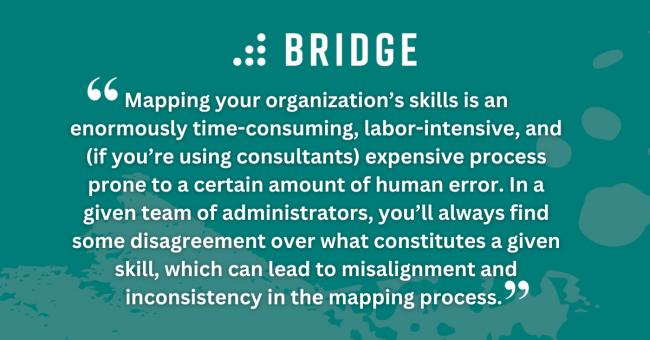
TIPS ON LEARNING | ‘Flatten the “Forgetting Curve”: 7 Ways to Increase Learning Retention’
#2 - AI Can Make Your Internal Mobility Processes More Efficient
Auto-tagging isn’t just comprehensive—it’s also fast. Talent marketplaces can house or integrate thousands of learning resources. As such, even if the tagging process only takes a human administrator five minutes per resource, that’s still potentially weeks of time that could be taken up with more high-value activity. An AI, by contrast, can achieve the same results (or better) in a fraction of the time.
While auto-tagging represents a quick win, there are significant long-term benefits to empowering your talent marketplace with AI—especially if you’re undertaking skills gap assessments by comparing your workforce’s capabilities to the skills that matter in today’s market.
Mapping your organization’s skills is an enormously time-consuming, labor-intensive, and (if you’re using consultants) expensive process prone to a certain amount of human error. In a given team of administrators, you’ll always find some disagreement over what constitutes a given skill, which can lead to misalignment and inconsistency in the mapping process.
On top of these pitfalls, the end result is only ever a static map of the skills your workforce holds. Given the fast pace of change in today’s markets, this resource will quickly become outdated—especially if, ironically enough, your people are using your talent marketplace to gain new skills and capabilities all the time.
Letting your AI-powered talent marketplace take the wheel allows you to sidestep these issues. As long as your people are prepared to enter a few pieces of basic information into their employee profiles (like their job titles), your platform will be able to map your people’s skills and suggest what kind of capabilities a workforce like yours should cultivate—all at the push of a button.
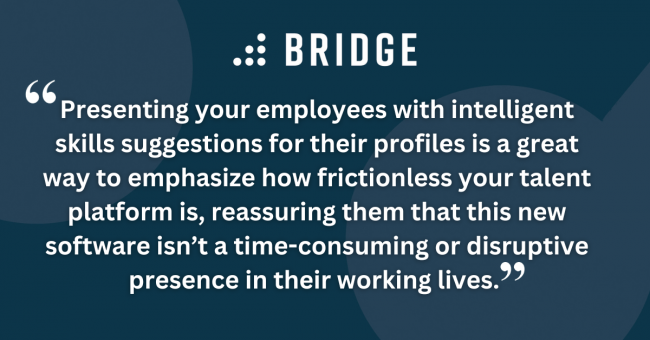
RELATED READING | ‘The 5 Pillars of a Successful Talent Mobility Strategy and How to Leverage Them’
#3 - AI Can Supercharge Adoption Rates
The reason an AI-powered talent marketplace can map your organization’s capabilities is simple: it’s able to identify the skills associated with each individual’s job title. In fact, today’s more sophisticated platforms are able to recognize the skill-related nuances in the same job role across different industries.
The only caveat is that your people need to actually provide their basic information to the platform. Luckily, AI can help motivate this kind of engagement, too—even for employees who aren’t sure about this kind of digital change.
Any large-scale software investment runs the risk of only achieving limited engagement or partial adoption. According to Gartner, 56% of workers who encounter new software report wishing to return to previous systems—and it’s easy to see why. For many employees, digital change can alter established workflows, take up valuable time, or simply feel overwhelming against a backdrop of competing priorities.
By embracing the automated aspects of today’s talent marketplaces, however, these barriers quickly fall away. Presenting your employees with intelligent skills suggestions for their profiles is a great way to emphasize how frictionless your talent platform is, reassuring them that this new software isn’t a time-consuming or disruptive presence in their working lives. In turn, this makes the prospect of updating their profiles a far more attractive proposition.
There’s a similar story to be told when it comes to engaging with your talent ecosystem as a whole. When learning resources are autotagged, and when job, gig, and mentor recommendations are effortlessly and accurately presented to your people, adopting your talent marketplace couldn’t be simpler—or more appealing.
MORE ON DIGITAL ADOPTION | ‘How to Pitch HR Tech to Your IT Team’
Find Out More About Talent Marketplaces
Now that you’re fully briefed on the exciting potential of talent marketplaces infused with a little AI magic, you’d better make sure you’re up to speed on the inner workings of talent marketplaces—and the role they play in your talent management strategy. Download our ebook, ‘How AI Can Power Talent Management,’ for all this and more.
